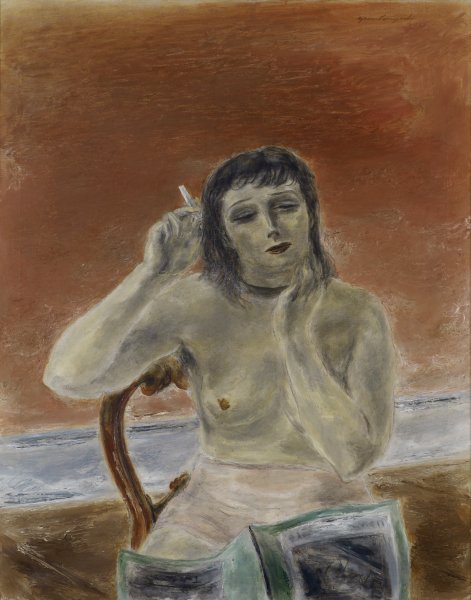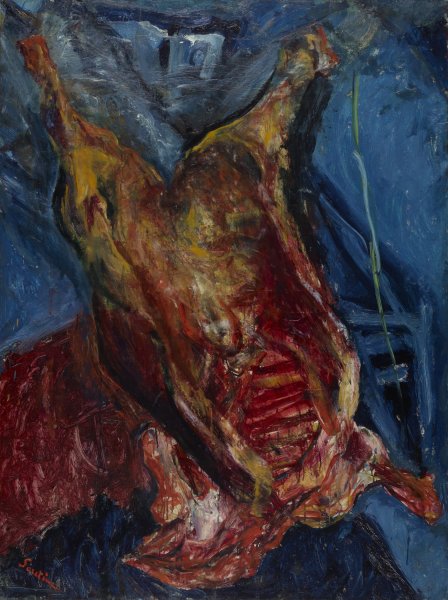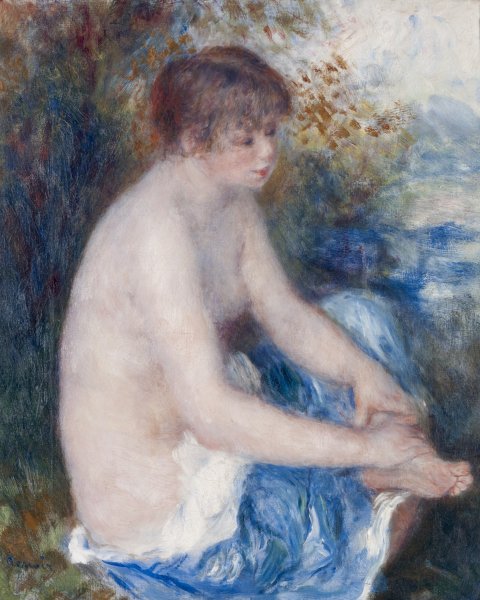Gordon Parks
American, 1912-2006
American Gothic, Washington, D.C., 1942 (lifetime print)
Artwork Details
Materials
gelatin silver print
Measurements
sheet: 24 x 20 inches (60.96 x 50.8 cm); framed: 29 3/4 x 22 7/8 x 1 1/2 inches (75.56 x 58.1 x 3.81 cm)
Collection Buffalo AKG Art Museum
Credit
Elisabeth H. Gates Fund, by exchange and Gift of A. Conger Goodyear, by exchange, 2017
Accession ID
P2017:11.1
In 1942, self-trained photographer and lifelong humanitarian Gordon Parks secured an apprenticeship with the photography branch of the Farm Security Administration (FSA). Organized in 1937, the program’s mission was to document American life, especially in rural areas of the country devastated by a combination of the Great Depression and adverse climatic conditions. His first day on the job, Parks captured this portrait of Ella Watson, who was a housekeeper at FSA headquarters in Washington, D.C. He self-consciously composed the image as an echo of Grant Wood’s famous 1930 painting American Gothic; as he later explained to an interviewer: “I had experienced a kind of bigotry and discrimination [in Washington, D.C.] that I never expected to experience. . . . At first, I asked her [Ella Watson] about her life, what it was like, and [it was] so disastrous that I felt that I must photograph this woman in a way that would make me feel or make the public feel about what Washington, D.C., was in 1942. So I put her before the American flag with a broom in one hand and a mop in another. And I said, American Gothic—that’s how I felt at the moment. I didn’t care what anybody else felt. That’s what I felt about America and Ella Watson’s position inside America.”
Within a year, the FSA’s resources were redirected toward the World War II effort, and Parks’s position was eliminated. He went on to become one of the twentieth century’s most celebrated photographers of racial relations, civil rights, urban life, and the impact of adversity on the human condition in the United States. The Albright-Knox’s collection also includes a portfolio of Parks’s images capturing both the famous and commonplace gestures that shaped the Civil Rights movement in the decades that followed this arresting portrait of Ella Watson.
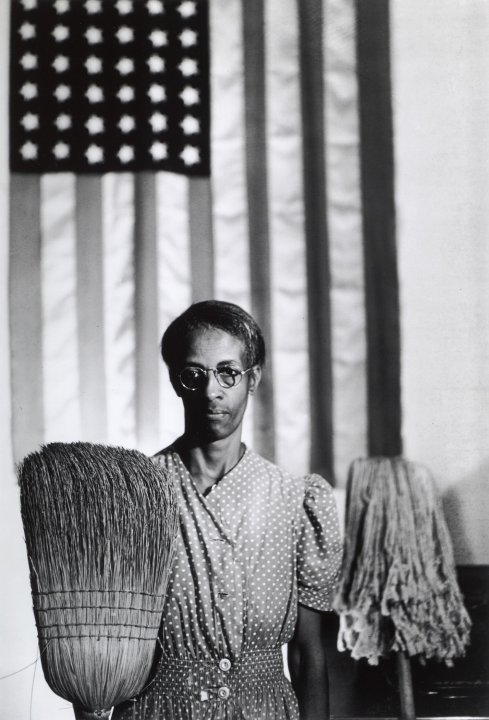

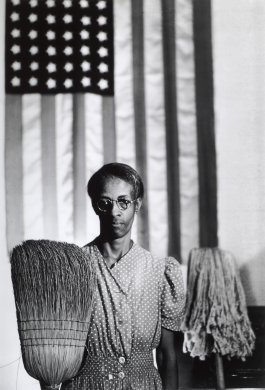
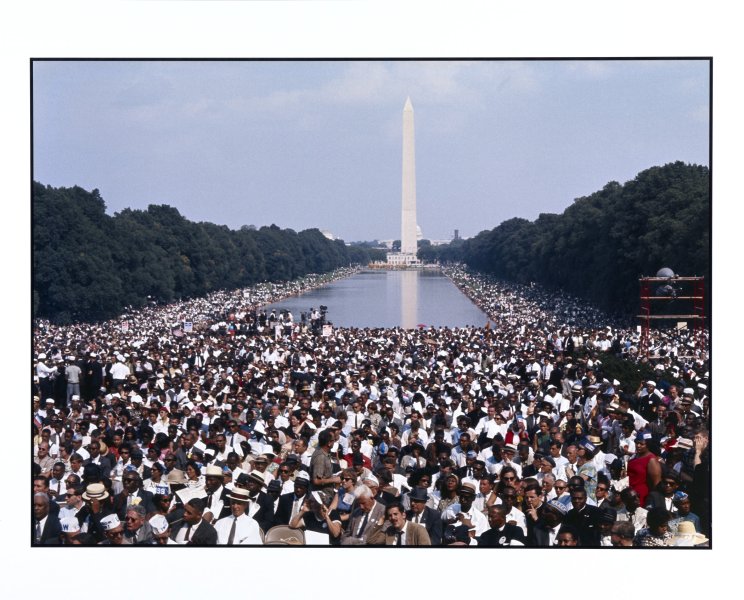
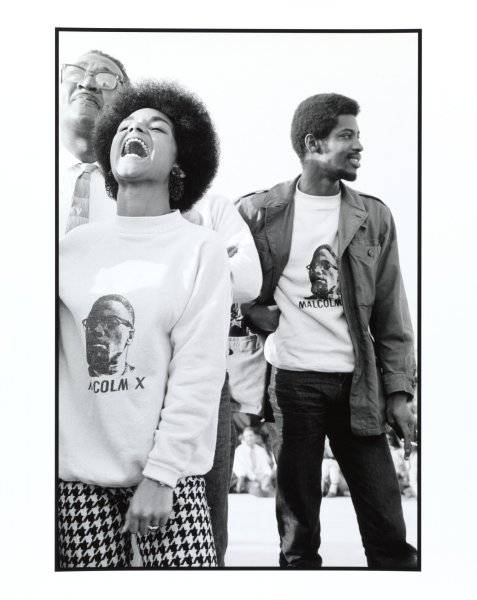
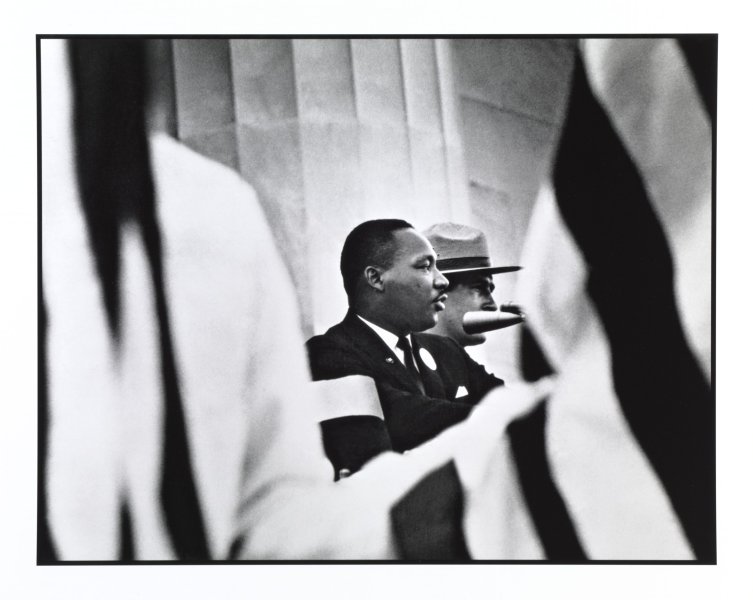
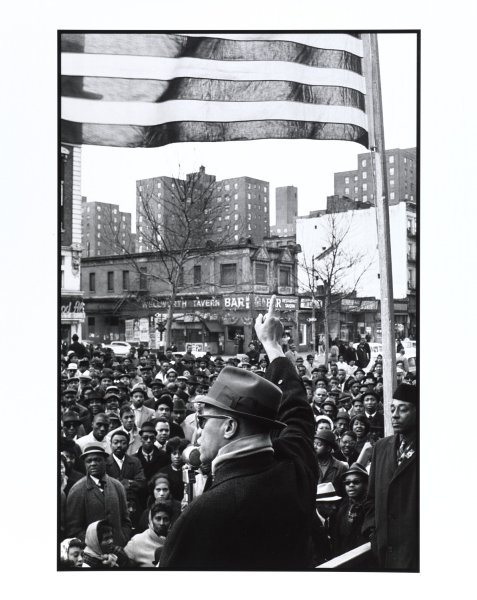
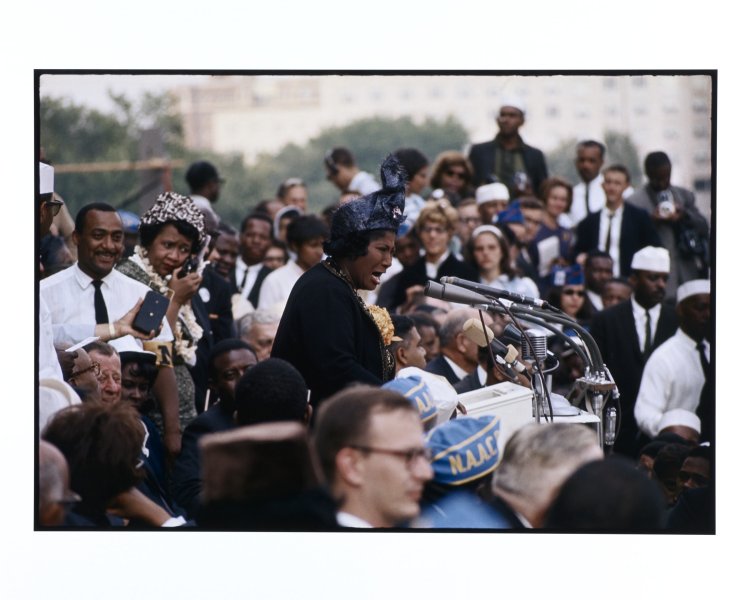


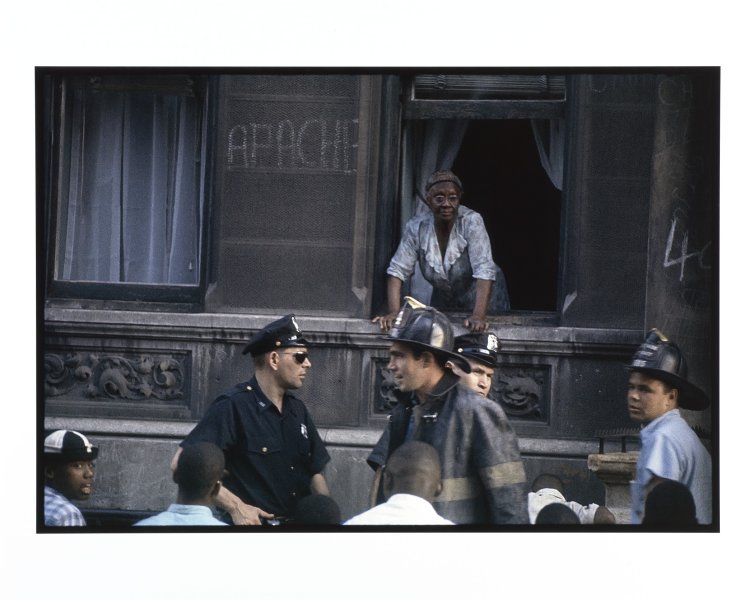
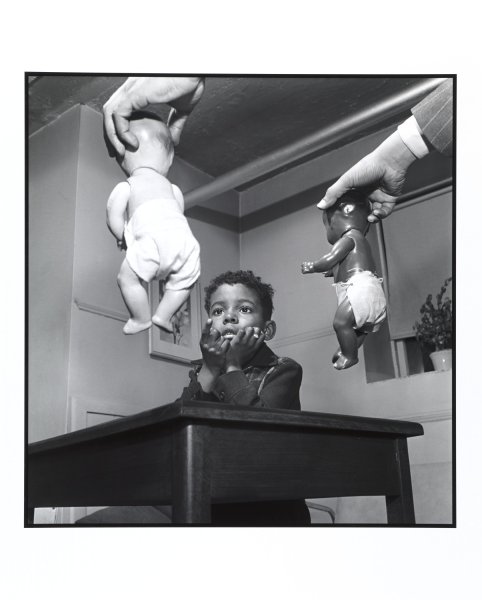
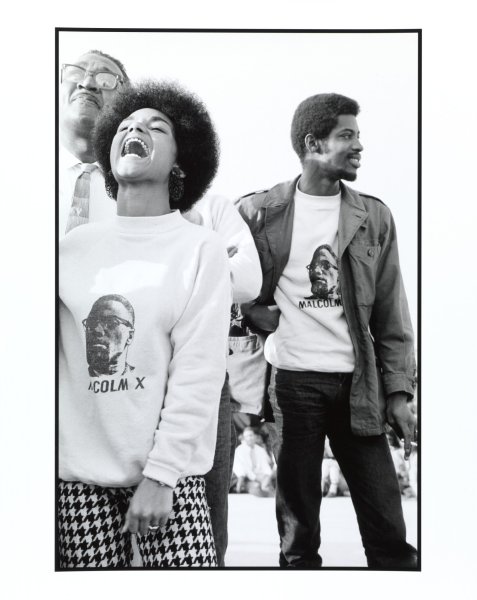
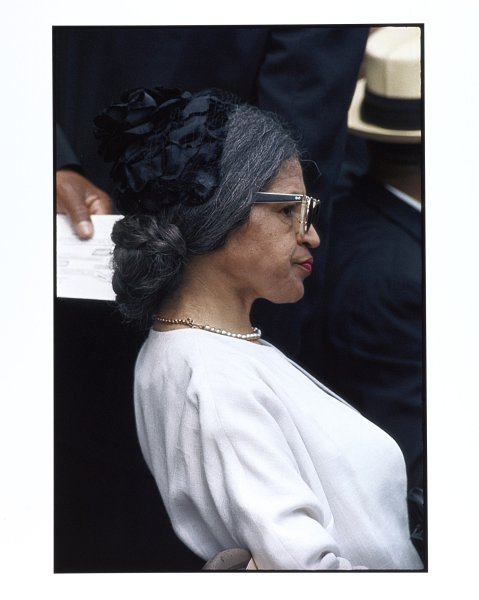
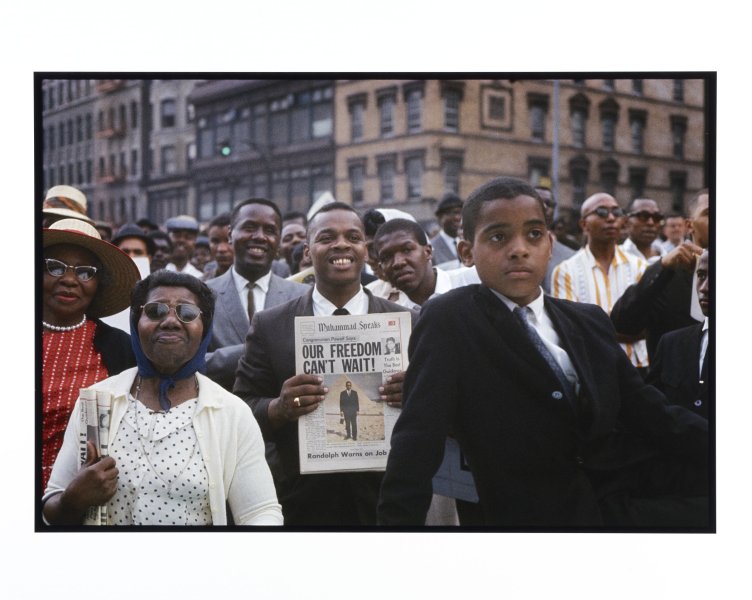
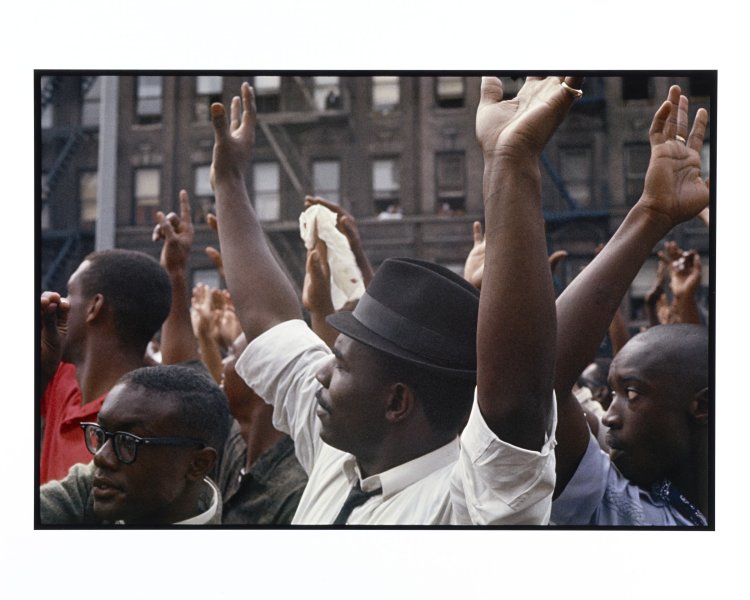

![Die Wölfe (Balkankrieg) [The Wolves (Balkan War)]](/sites/default/files/styles/callout_fixed_height/public/artwork/1951_001_o2.jpg?itok=yohEmWsS)
